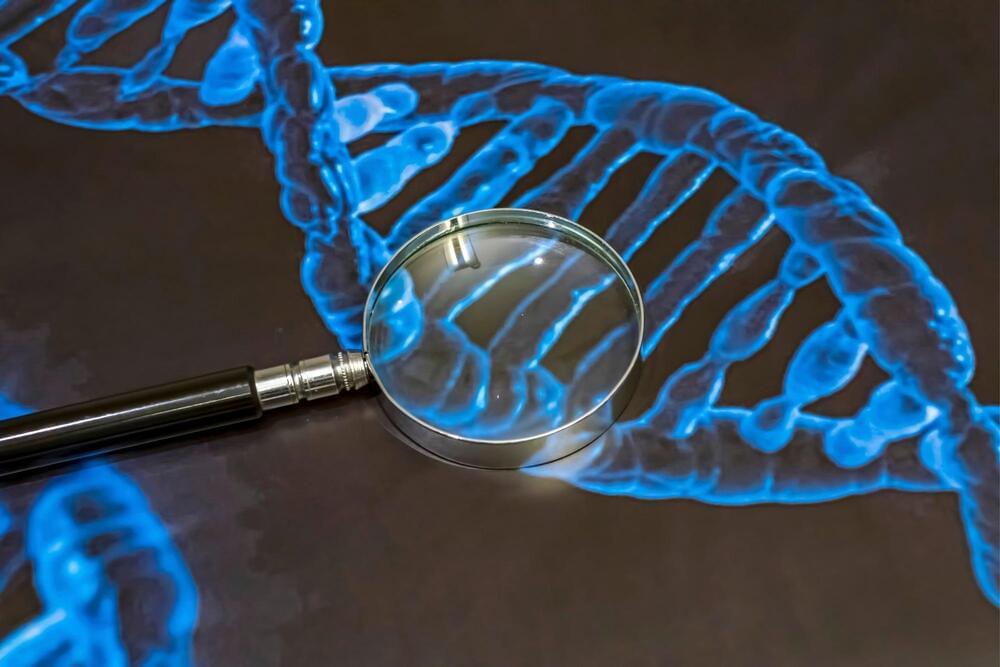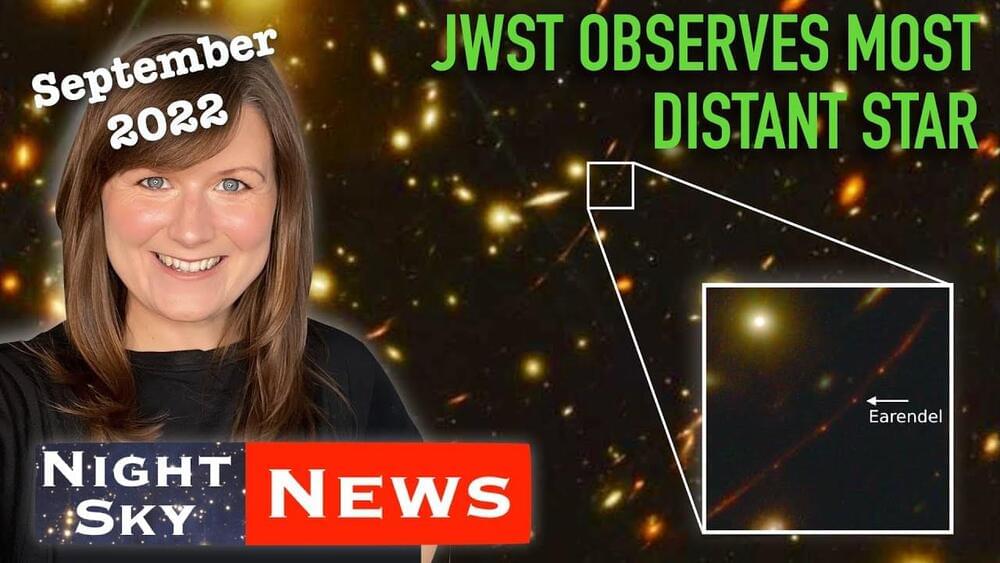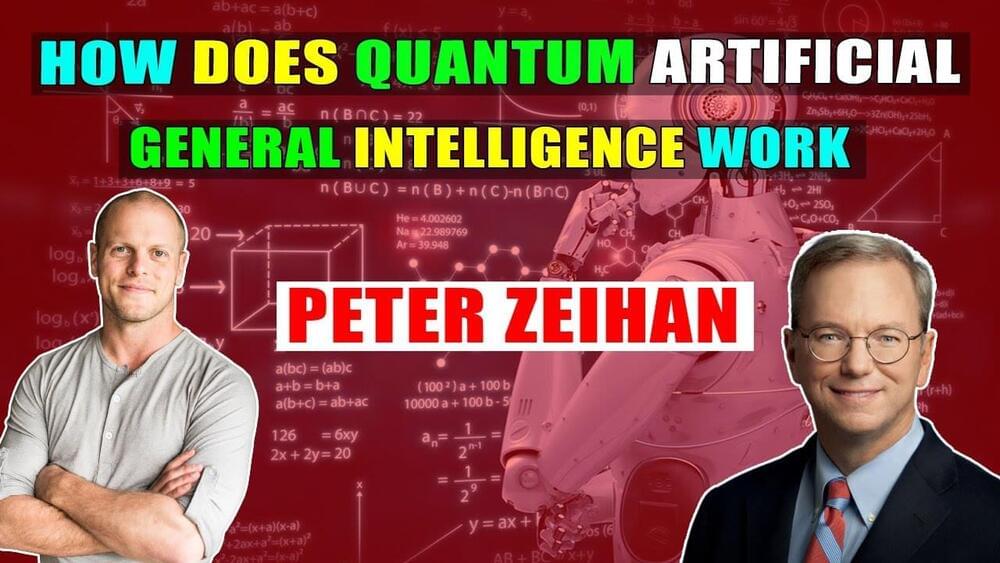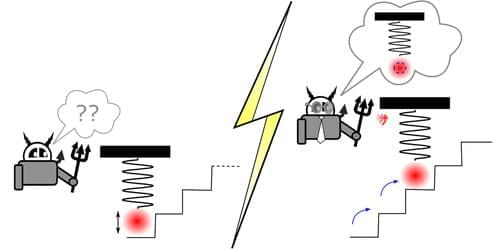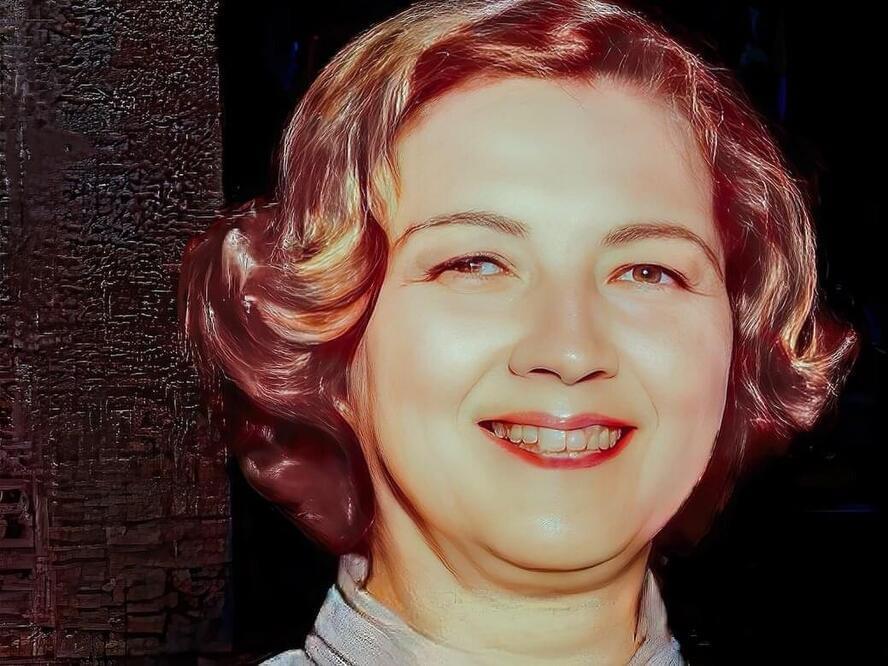Sep 25, 2022
Substances trapped in nanobubbles exhibit unusual properties
Posted by Dan Breeden in categories: chemistry, information science, nanotechnology, physics
Skoltech scientists modeled the behavior of nanobubbles appearing in van der Waals heterostructures and the behavior of substances trapped inside the bubbles. In the future, the new model will help obtain equations of state for substances in nano-volumes, opening up new opportunities for the extraction of hydrocarbons from rock with large amounts of micro-and nanopores. The results of the study were published in the Journal of Chemical Physics.
The van der Waals nanostructures hold much promise for the study of tiniest samples with volumes from 1 cubic micron down to several cubic nanometers. These atomically thin layers of two-dimensional materials, such as graphene, hexagonal boron nitride (hBN) and dichalcogenides of transition metals, are held together by weak van der Waals interaction only. Inserting a sample between the layers separates the upper and bottom layers, making the upper layer lift to form a nanobubble. The resulting structure will then become available for transmission electron and atomic force microscopy, providing an insight into the structure of the substance inside the bubble.
The properties exhibited by substances inside the van der Waals nanobubbles are quite unusual. For example, water trapped inside a nanobubble displays a tenfold decrease in its dielectric constant and etches the diamond surface, something it would never do under normal conditions. Argon which typically exists in liquid form when in large quantities can become solid at the same pressure if trapped inside very small nanobubbles with a radius of less than 50 nanometers.

